'Portraits from Chatsworth - A Loan Exhibition' at Sotheby's London
© The Devonshire Collections, Chatsworth
LONDON - Chatsworth has always been a centre for creativity, and its collection has evolved to reflect the eclectic tastes and interests of sixteen generations of the Devonshire family. Chatsworth House contains works of art that span 4,000 years, from ancient Roman and Egyptian sculpture, to masterpieces by Rembrandt, Reynolds and Veronese, to works by outstanding modern artists, including Felicity Aylieff, Lucian Freud, David Nash and Edmund de Waal. One of the star exhibits from Portraits from Chatsworth – A Loan Exhibition is ‘Woman in a White Shirt’, a portrait of Deborah, Duchess of Devonshire (1920-2014) commissioned from Lucian Freud, which caused a sensation when first shown.
Today, Chatsworth plays an important role as a thriving cultural and educational destination, a nationally significant historic landscape, and a working estate that operates with a mindful approach to the environment and sustainability. The Chatsworth House Trust is the registered charity that looks after the house, collections, garden, woodlands and park for benefit of everyone.
Sotheby’s has long held a special relationship with Chatsworth and together, for more than twenty-five years, they have continually provided new and exciting opportunities for members of the public to enjoy The Devonshire Collection. At this moment of celebration, with the re-opening of London’s National Portrait Gallery in June, this exhibition encapsulates the family’s passion and longstanding fascination with this genre, and in turn offers a window into one of the most significant collections of art in the world.
Sotheby’s London, 34-35 New Bond Street, 30 May–4 July 2023
Rembrandt van Rijn, Portrait of an Old Man, signed and dated 1651, oil on canvas, 78 by 66 cm. Executed in 1651. © The Devonshire Collections, Chatsworth
This painting of an old man in costume by Rembrandt comes from a short period in his career, in the early 1650s, when he received few portrait commissions. Although this painting has been identified as a portrait, ever since it was first recorded in the 3rd Earl of Burlington’s collection at Chiswick Villa, there remains a distinct possibility that it was and is, a ‘tronie’. These ‘tronie’ works were not intended to be portraits of the sitters. Instead, they were meant as studies of expression, type, or any kind of interesting character (such as an old man, a young woman, or a dashing soldier). The costumes in which the sitters were painted that looked foreign, antique, costly, or simply individual were of interest for their own sake. They also offered opportunities for the artist to show off his or her painterly techniques. There was an avid market for these tronie studies in the 17th century. This painting was a favourite of the current Duke of Devonshire’s father, Duke Andrew. It was seen daily on his way to the Dining Room. He once described this ritual as one old man greeting another.
Provenance: Richard Boyle, 3rd Earl of Burlington (1694 -1753) then through the marriage of his heiress daughter, Lady Charlotte Boyle, to William Cavendish, future 4th Duke of Devonshire, and by descent.
Sir Joshua Reynolds, Portrait of Georgiana Cavendish, Duchess of Devonshire (1757‑1806) with her infant daughter Lady Georgiana Cavendish (1783‑1858), later Countess of Carlisle, oil on canvas, 112 by 140 cm. Executed in 1784. © The Devonshire Collections, Chatsworth
Painted in 1784, this celebrated portrait was first shown at the Royal Academy, then housed at Somerset House, in 1786, returning over two hundred years later to the same spot in the Great Room in the winter of 2001-02 for the seminal exhibition Art on the Line. One of Reynolds more famous works, it has been shown often, both at home and abroad, since the 1860s. The Duchess, who was a great fashion icon of the age, is shown wearing black as she was still in mourning for her late father, Earl Spencer, who had died in 1783. Georgiana was not only the pre-eminent society figure of the Georgian era but something of a polymath, famous for her political activism, literary publications and scientific experiments – as well as her insatiable gambling. The infant playing on her knee is her eldest child, also Georgiana, who later married George Howard, 6th Earl of Carlisle; thus becoming chatelaine of one of the other great treasure houses of Northern England, Castle Howard.
Provenance: This portrait was thought to be commissioned by Duchess Georgiana’s husband, William Cavendish, 5th Duke of Devonshire (1748-1811).
Antonio Canova, Bust of Laura. White marble, on a white marble socle. Inscribed: LAVRA, with (worn) paint inscription OPVS CANOVAE, 54.5cm. including the socle. Executed 1817. © The Devonshire Collections, Chatsworth
Laura was the testa ideale (Ideal Head) most prized by Canova himself. It was first recorded in 1817 by Count Leopoldo Cicognara, along with the Beatrice. Canova conceived of the two busts as embodiments of Italian, as opposed to Grecian, beauty. This intention is reflected in his choice of subjects: the muses of the two greatest Italian language poets, Dante and Petrarch. The busts are amongst the last of Canova’s famed teste ideale, which date to the last decade of his life. Carved in a state of ‘amore caldissimo’ (heated passion), they transcend the limits of natural beauty and present Canova’s vision of universal facial perfection. None of the teste ideale were commissioned, with the majority being given by Canova as gifts to friends and favourite patrons, including the Beatrice, which went to Cicognara. The Laura is an exemplar of Canova’s virtuoso technique seen in the surface polish and naturalistic ‘corkscrew’ curls of hair. In 1823 Canova’s student Rinaldo Rinaldi supplied a pendant Vestal Virgin for the 6th Duke of Devonshire, following his master’s death in October 1822.
Provenance: William Cavendish, 6th Duke of Devonshire (1790-1858), the great collector of Neoclassical sculpture, recorded in his privately printed Handbook of Chatsworth and Hardwick (1845): ‘Canova's bust of Madonna Laura was dearly loved by the sculptor, entirely formed of his own chisel; and it required all the Duchess of Devonshire's powers of persuasion, added to my entreaties, to make him part with her.’
Lucian Freud, Head of a Woman, oil on copper panel, 20 by 15 cm. Executed in 1950. © The Lucian Freud Archive. All rights reserved 2023 / Reproduced by permission of Chatsworth Settlement Trustees / Bridgeman Images
Painted circa 1950 after Lady Elizabeth Cavendish (1926-2018) had met the artist the year before, Freud had asked Lady Elizabeth to sit for him. It is interesting to record her attitude to his painting at this time; she agreed to sit on one condition: that she did not have to have the resulting picture. When it was completed, the artist retained it in his studio, only selling it through his gallery, the Marlborough Gallery in 1958. The purchaser was her elder brother, Andrew Cavendish, Duke of Devonshire. Lady Elizabeth was a Lady-in-Waiting to her contemporary, HRH Princess Margaret. She was later a close friend and companion to Sir John Betjeman, the Poet Laureate. This was painted in the artist’s meticulously detailed intense realistic style, which ended in the late 1950s with a change to a looser style, with a greater interest in form and space.
Provenance: Purchased by Andrew Cavendish, 11th Duke of Devonshire in 1958 from Marlborough Gallery, London.
Lucian Freud, Woman in a White Shirt, oil on canvas, 45 by 40 cm. Executed in 1958-60. © The Lucian Freud Archive. All rights reserved 2023 / Reproduced by permission of Chatsworth Settlement Trustees / Bridgeman Images
The subject of this portrait is Deborah Cavendish, Duchess of Devonshire (1920-2014). Duchess Deborah was introduced to Lucian Freud when he was a guest at Edensor House (close to Chatsworth) for a weekend in August 1957. She wrote afterwards to her sister Diana that the artist had been “very nice & not at all wicked...” This introduction preceded a life-long friendship. Duchess Deborah later wrote for a Chatsworth publication: "Lucian is an old friend and a charming, generous man. I was the third member of our family that he painted. I went to his studio for three hours every morning when I was in London, over several months. ..... He worked very slowly, often starting from one eye. Sometimes when I arrived he would say, "I had a wonderful night. I removed everything I did yesterday." In 2001 it was recorded that Lucian Freud viewed this painting as a breakthrough in his oeuvre and was keen to include it in his 2002 touring retrospective exhibition. The painting marked a change in his technique, from the tight handling of paint in works such as Head of a Woman to a much broader method, using hog hair rather than sable brushes.
Provenance: Commissioned by Andrew Cavendish, 11th Duke of Devonshire in 1956-57 but painted at the instigation of the artist.
Lucian Freud, Portrait of a Man, oil on canvas, 60 by 60 cm. Executed in 1971-72. © The Lucian Freud Archive. All rights reserved 2023 / Reproduced by permission of Chatsworth Settlement Trustees / Bridgeman Images
The subject of this portrait is Andrew Cavendish, 11th Duke of Devonshire (1920-2004). Duke Andrew shared a passion for racehorses and racing with Freud, which influenced the early stages of this painting. This portrait exemplifies Duke Andrew caught in a meditative downward gaze, his suit and tie rendered in Freud’s loose, bravura brushwork. Freud often worked slowly and deliberately, working on a portrait over the course of many sittings. Indeed, Duke Andrew stated, "My own portrait… took 36 sittings". This painting displays Freud’s unquestionably masterful ability to capture the mood and, furthermore, the inner essence of his sitters.
Provenance: Commissioned by the sitter, Andrew Cavendish, Duke of Devonshire in 1971-72. Andrew, Duke of Devonshire succeeded to the dukedom in 1950 on the unexpected death of his father.
Michael Craig-Martin, Commissioned Portrait Untitled (Laura), 2009. Mixed Media: Wall-mounted LCD Monitor/computer with integrated software, 125.7 by 74.9 by 12.1cm. Executed in 2009. © Michael Craig-Martin, Courtesy the artist and Gagosian.
This work is a digital portrait of the Countess of Burlington based on a studio photograph, which was converted to a drawing and reduced to a minimum number of lines. The drawing was digitised and coloured using six brilliant colours. A computer then constantly recombines these colours within each area of the picture, producing a potential 44 million permutations. Michael Craig-Martin is among the most celebrated figures of British conceptual art, known for fostering the Young British Artists, many of whom he taught at Goldsmiths. Depicting luminaries and celebrities, Craig-Martin’s seminal portraits explore spatial relationships by juxtaposing and layering colour. While the linear portrait is always fixed in a black outline, the composition’s colours are controlled by computer software, slowly changing over time.
Provenance: Commissioned by the Earl of Burlington on behalf of the Chatsworth House Trust in 2009.

/https%3A%2F%2Fprofilepics.canalblog.com%2Fprofilepics%2F1%2F0%2F100183.jpg)
/https%3A%2F%2Fstorage.canalblog.com%2F03%2F02%2F119589%2F96711876_o.jpg)
/https%3A%2F%2Fstorage.canalblog.com%2F11%2F31%2F119589%2F94773502_o.jpg)
/https%3A%2F%2Fstorage.canalblog.com%2F20%2F83%2F119589%2F94772815_o.jpg)
/https%3A%2F%2Fstorage.canalblog.com%2F26%2F72%2F119589%2F75604929_o.jpg)
/https%3A%2F%2Fstorage.canalblog.com%2F59%2F60%2F119589%2F26458628_o.jpg)
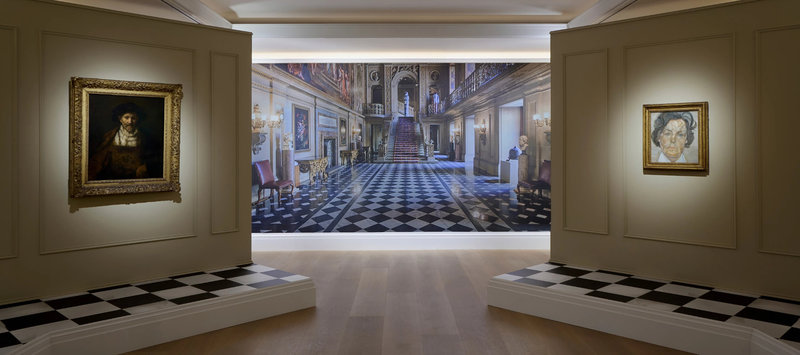

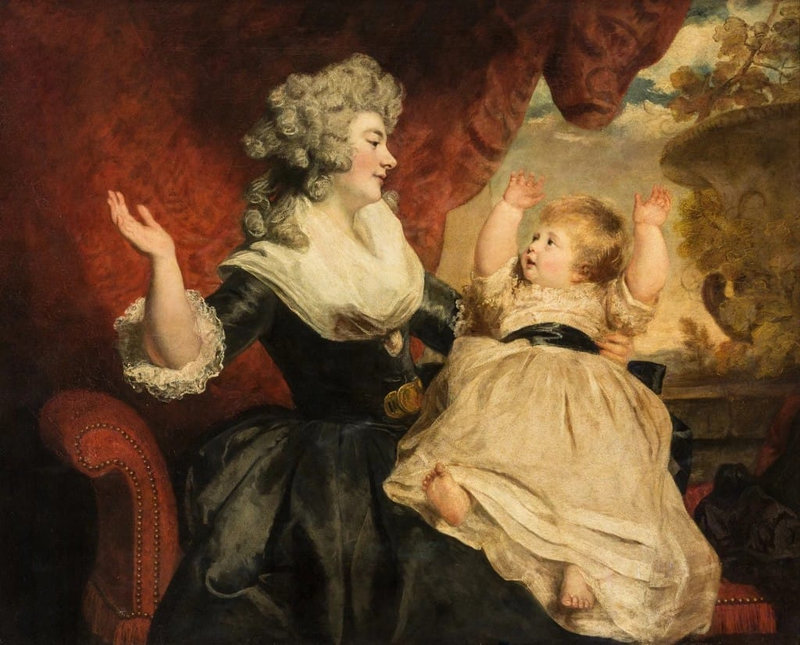
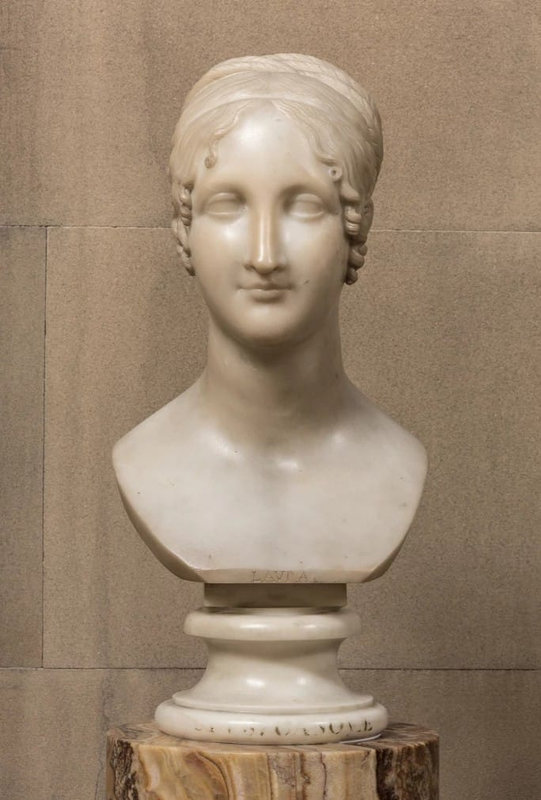
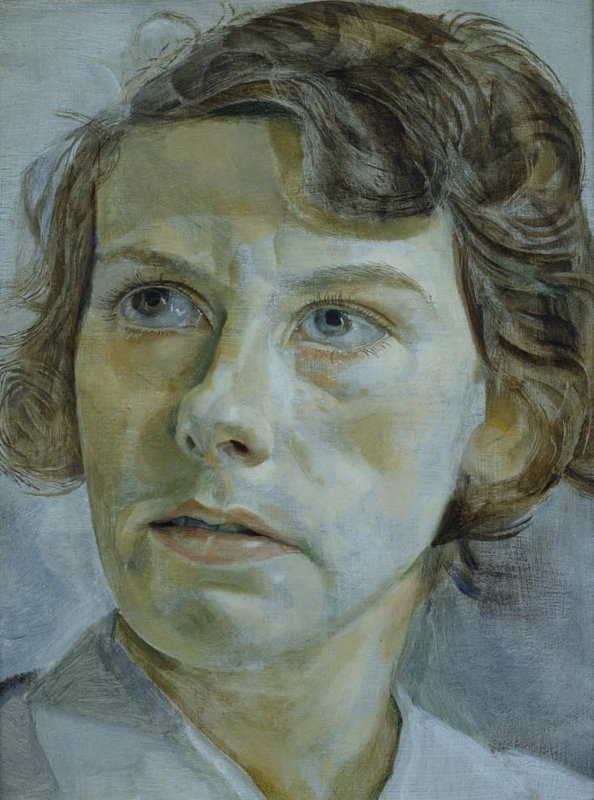
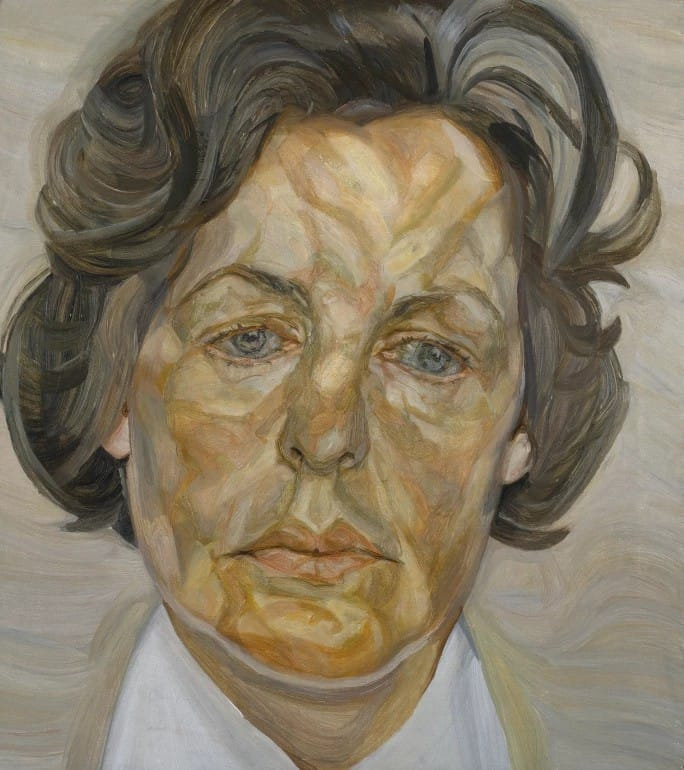
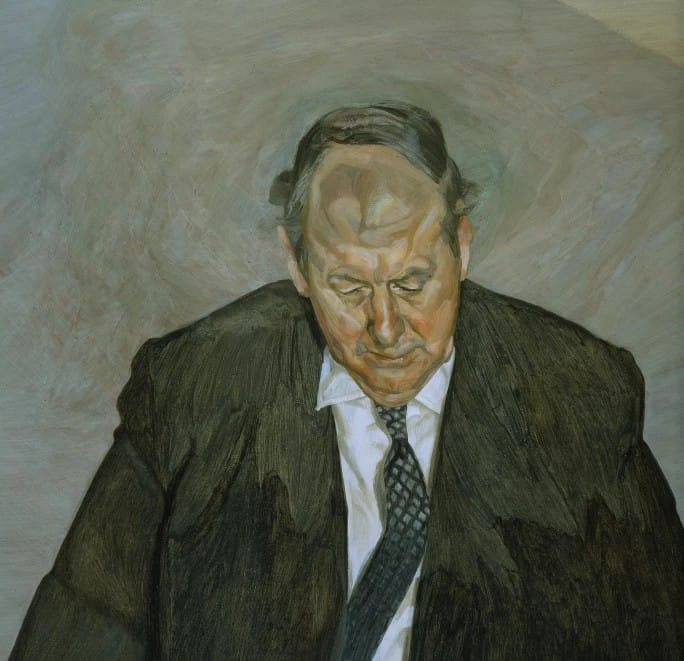
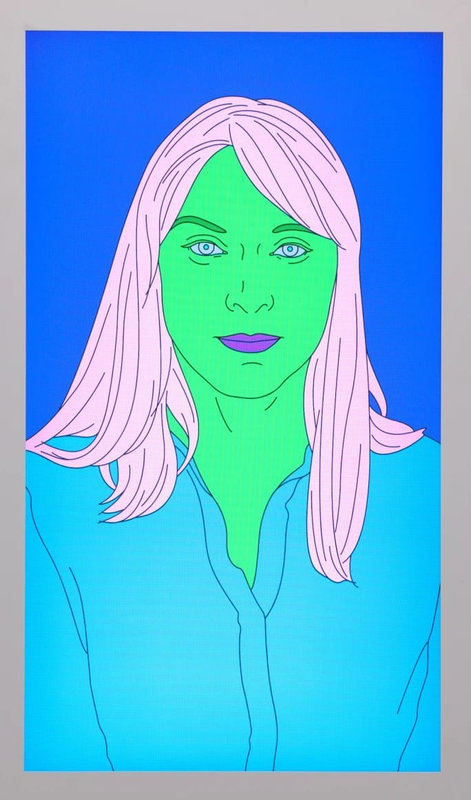


/http%3A%2F%2Fstorage.canalblog.com%2F92%2F87%2F119589%2F120622677_o.jpg)
/http%3A%2F%2Fstorage.canalblog.com%2F10%2F70%2F119589%2F120499214_o.jpg)
/http%3A%2F%2Fstorage.canalblog.com%2F28%2F92%2F119589%2F120485917_o.jpg)
/http%3A%2F%2Fstorage.canalblog.com%2F98%2F24%2F119589%2F120252974_o.jpg)